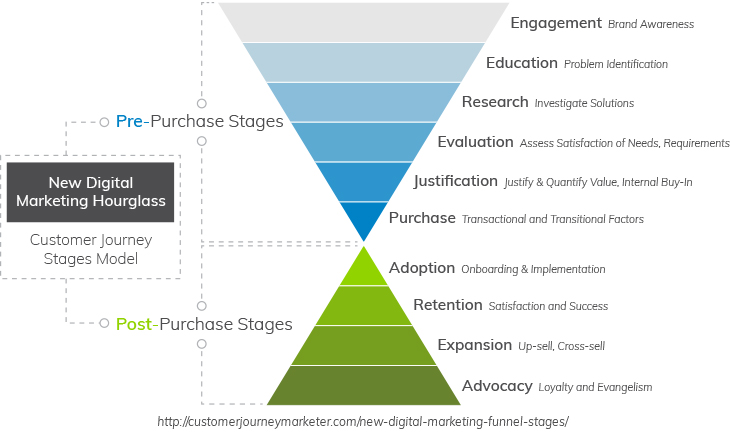Everlytic: Six key communication trends for businesses to consider as we enter the post-lockdown era
Digital communication and automation platform Everlytic has published a paper outlining six key trends for consideration, as businesses begin to take tentative steps back into the office, as well as transitioning to a more permanent state of hybrid working. Focussing on internal communications as well as optimising external marketing practices, the piece highlights some of the digital shifts that have been accelerated by Covid-19.
With the global vaccine rollout now well underway, national governments as well as private sector entities are beginning to think about what the world of work may look like post-pandemic. Of course, the ‘new normal’ will be very different to what we had before – Covid-19 has accelerated many technological shifts that were already well underway, and for Everlytic, there are six key areas to consider…
1. Businesses Need an Internal Comms Strategy
According to KPMG, 73% of CEOs say working remotely has widened the talent pool and 69% will be downsizing office space. They see the pandemic as an opportunity to rethink the way their businesses work and communicate, and of course this means more virtual operations. Under these conditions, internal communications will need to be ramped up, and it will be important to take a digital-first approach to working, remove barriers to company content, share accessible corporate messaging, and get to know your people and their needs.
2. Consumers are Focused on Privacy & Security
Around the world – in addition to existing initiatives like GDPR – we’ve seen increased focus on media tech regulation, as the FIPP media tech tracker records. We know that privacy is a big concern for consumers, and so it is critical to know where your data is coming from, ensure valid consent, update your privacy notice, and train all customer-facing teams. Compliance – as well as security – is an area that employees should be well versed in across your business when it comes to data.
3. The Current Data-Science Trend is Still Booming
Just because the cookie is going away, that doesn’t mean that data is no longer important. And in fact, as first party-data begins to take the spotlight, businesses can choose to focus on a number of different areas of analytics:
- Transactional customer data to see what customers are purchasing, what they spend, and how they behave.
- Product and service use tracking to understand how customers interact with your business.
- Customer behaviour tracking on your communications and website.
- Customer feedback monitoring to understand preferences and responses to promotions or price increases.
- Data trends for message hyper-personalisation and list segmentation (e.g.: age, gender, location, marital status, education, etc.).
- The lifetime value of customers by integrating your data across platforms.
4. Marketers Are Starting to Support Clients After Sale Too
More marketing teams are recognising the importance of retaining customers. While not the traditional preserve of this department, it can be very good for business, because the journey for a customer doesn’t end once they become a client. This make sense when we think about the wider trend towards subscriptions that is going on in the industry today, because we know that it is important to keep those who sign-up to your services engaged. The most successful brands know this and manage the client experience with just as much dedication after a purchase, which can also have the advantage of turning regular customers into brand advocates.

5. Meaningful Client Experiences Are Still Key
More than ever, the world is looking for meaning and purpose, and we know that for some time now there has also been a more general shift in consumer needs from products to relevant experiences. A study by Walker even says that the customer experience will now become the key brand differentiator – overtaking price and product. Other data also supports this view:
- 90% of consumers find personalisation appealing (Statista).
- 71% of consumers say a personalised experience would influence their decision to open and read brand emails (Dynamic Yield).
- 93% of companies experience an increase in conversion rates from personalisation (Econsultancy).
But this doesn’t mean you need to hire whole new departments to hold customers’ hands,’ says the Everlytic piece. ‘With smart communication software, integrated data collection, and behaviour tracking, you can hyper-personalise every message you send. Ask your customer for their communication preferences. This way, you know how they want to be contacted and you can avoid frustrating them by communicating to them in a less preferred way.’
6. Email Marketing Automation Will Grow & Strengthen
Finally, recent research compiled by Instapage tells us that automated communications have shown:
- 90% higher customer retention rates
- 14.5% increase in sales productivity
- 70.5% higher open rates
- 77% increased conversions
- 12.2% reduced marketing overheads
- 152% higher click-through rates
Of course, navigating this new world will require a mind shift of putting people first – understanding what both your employees and customers needs are and creating a much more relevant and personalised experience for them.
For more information and to access the full report, please contact sales@everlytic.com.










